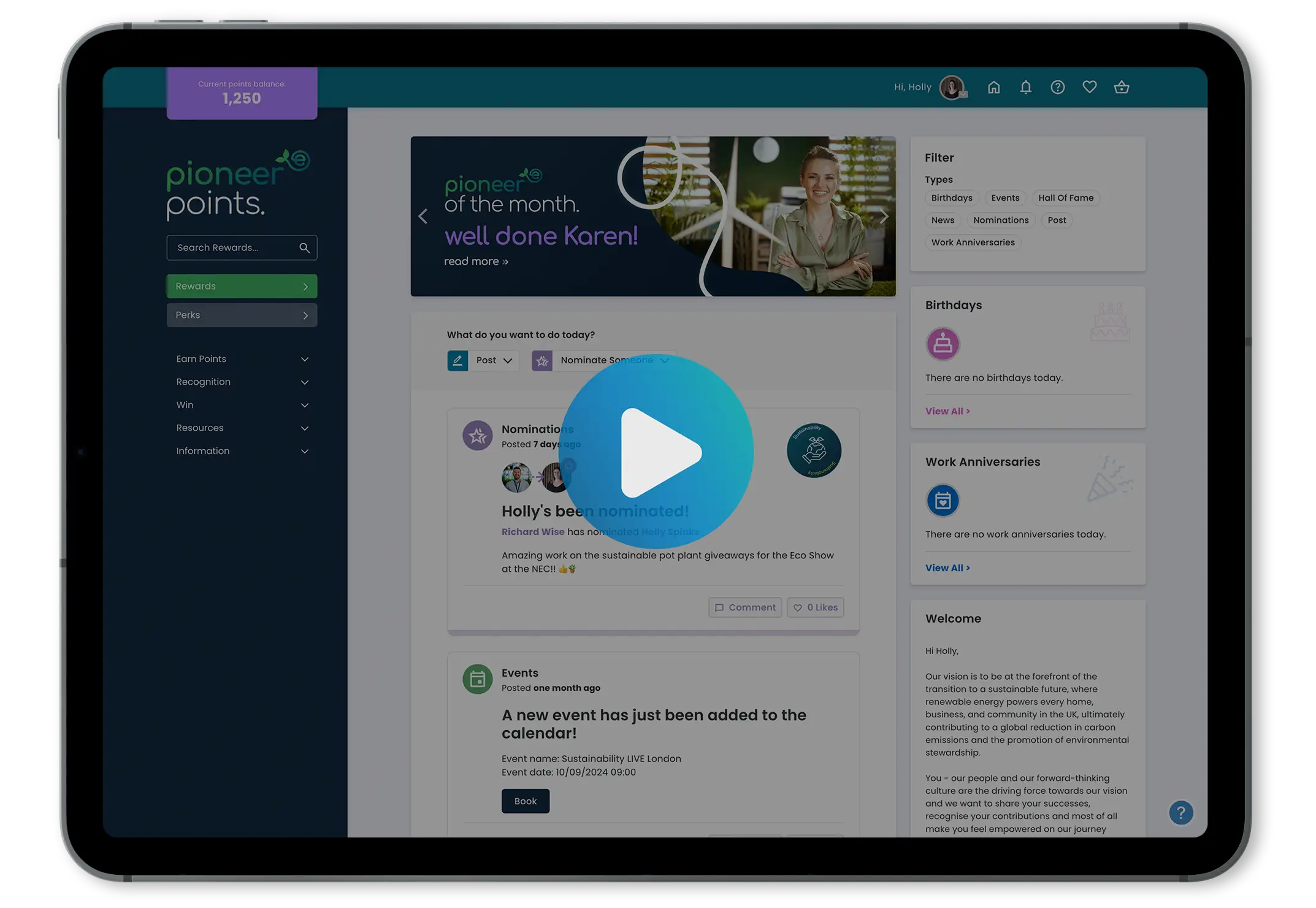


Life would be easy if all employees were motivated by the same thing… But unfortunately, that isn’t the case. Some are motivated by seeing great results and demonstrating their expertise. Some are motivated by having the opportunity to influence others or business outcomes. Some are motivated by interpersonal and social connections.
American psychologist, David McClellan, has split these three motives into three groups – achievement, power and affiliation. Let’s explore them and how you can influence and motivate each one.
Achievement
People who are motivated by achievement like to see good results from their work and have a strong need to accomplish their goals and be successful. They tend to avoid low reward and low-risk situations as they feel the achievement is not genuine or challenging enough. However, if the situation is too high-risk then they may feel the achievement is down to luck and chance rather than one’s effort. The more achievements they have, the more motivated they are and the more motivated they are, the better their performance.
Businesses can motivate these people by giving regular feedback and reassurance that they’re doing a great job. Rewarding them for smashing their targets will encourage them to deliver even bigger and better results than before.
Power
The people who are motivated by power like to have control of situations and influence other people. They enjoy healthy competition (particularly when they win!) and do well with goal-orientated tasks. They want their views and ideas to be accepted and implemented over the views and ideas of others.
These people work best and are motivated most when they’re in a senior position as they can take the lead and have more control. Businesses can motivate these people by recognising their leadership skills and helping them progress their careers further.
Affiliation
This group like to be liked by others. The sense of social belonging is what motivates them. They work best in a team, although will often go along with whatever the rest of the group want to do. This isn’t because they’re shy or nervous, it’s because they like to keep everyone happy. They like their comfort zone, therefore don’t like high risk or uncertainty.
Businesses can motivate these people by allowing them to work in a group environment. As they don’t like uncertainty and risk, it’s best to assign projects or tasks to them and save the risky ones for those who are motivated by achievement.
Remember, motivating all your employees isn’t a one-size-fits-all approach as people are motivated differently. However, by identifying which motive each employee fits into it, you’ll be able to motivate your team to get the most out of them.









